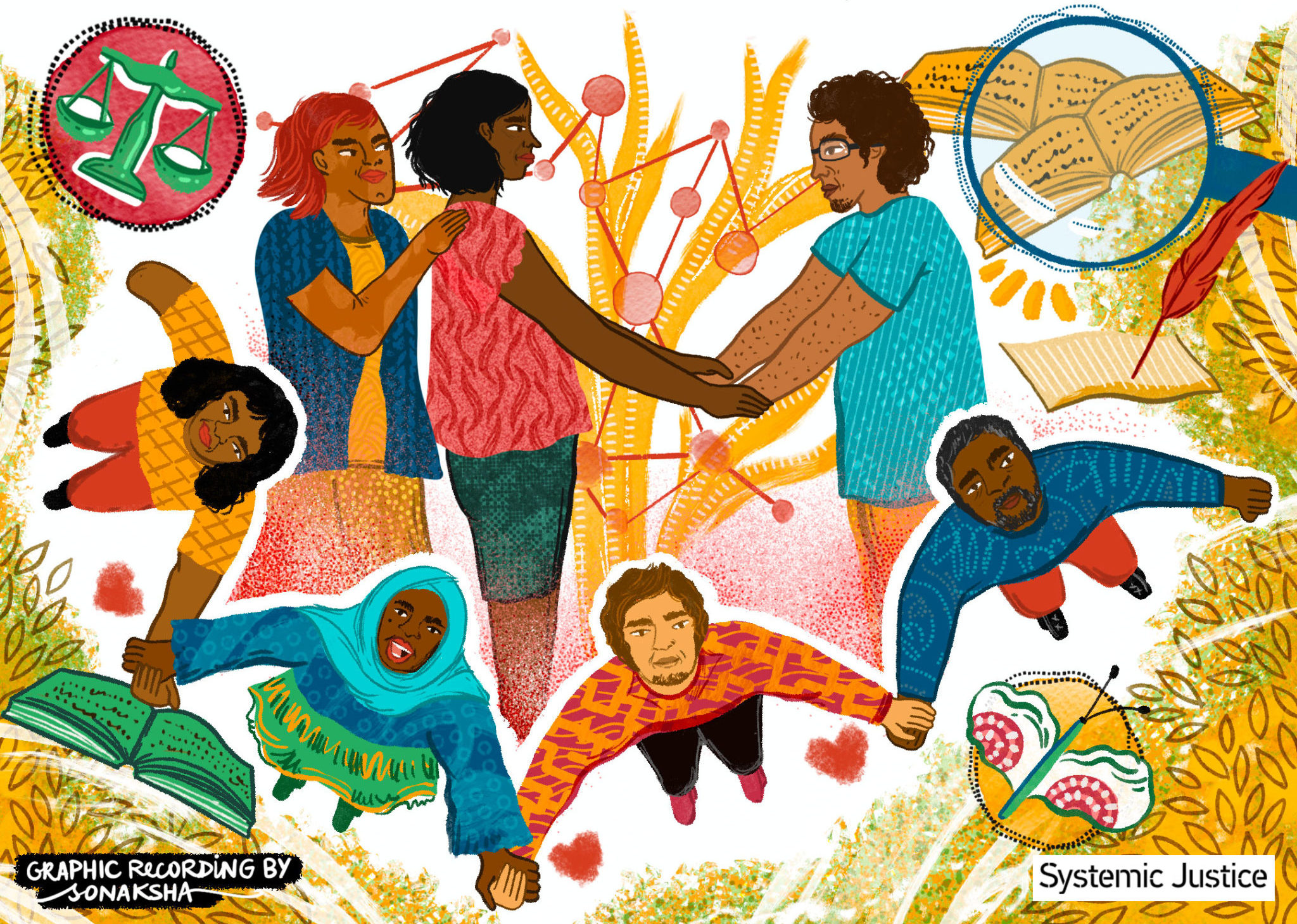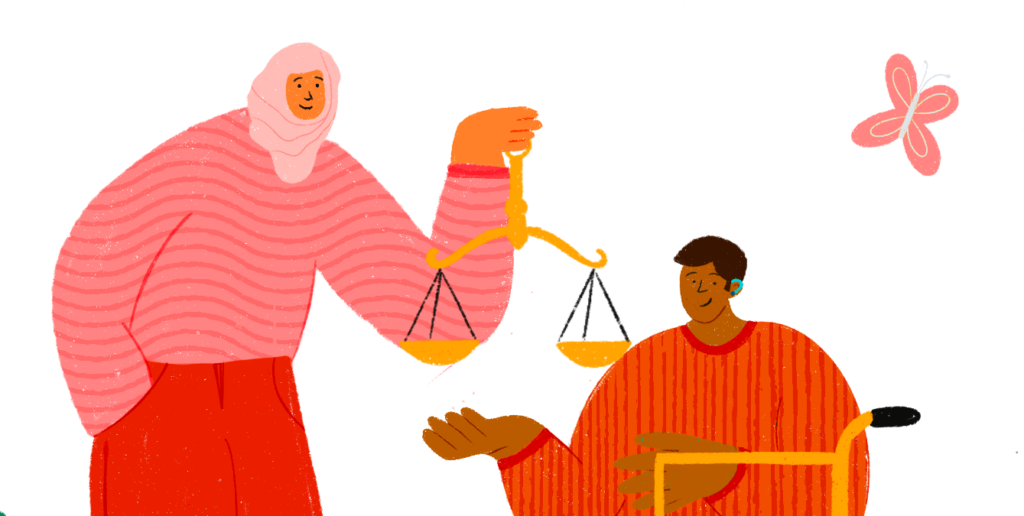
The previous post in this series looked at the principles underpinning our approach to community-driven litigation, and the building blocks for the process we’re developing to ensure communities are leading in the litigation work that concerns them.
We cannot yet say what the cases will look like –– that is the point, as the casework will develop in the context of the long-term partnerships we’re building –– but we know they will look at “success” in a very different way. Rather than focusing on a “win” in the courtroom that has limited effect on the ground, the litigation we’ll undertake will tend to have a bigger, longer-term objective and will therefore be geared towards structural change instead of symptom fighting. A lot of the work we’ll do will not be immediately understood or enthusiastically received by those who hold (political) power. This also means it might take longer and require sustained pressure and mobilisation before reaching the tipping point required for greater change.
Strategies will have to be designed to move along with changing dynamics in a campaign for change over a longer period of time. And in that period, different aspects of the broader campaign will wax and wane: at times, the litigation aspect will be more prominent, then the public debate, then the advocacy side, and so on. Working on a campaign for systemic change is per definition ever-changing and the breakthrough may end up coming from an unexpected corner.
This reflects on how we look at the role of litigation in the broader strategy for change.

If there is one thing that seems to unite litigators, it’s the fear of “losing” or “setting a bad precedent”. This has huge impact on what cases end up being brought and how communities get to frame the narrative around the matters that concern them.
While it is hard to unlearn narratives and beliefs derived from traditional legal education, training, and even pop culture, this is an important step towards looking at the role of litigation in bringing about systemic change in a more holistic way. Instead of thinking that litigation can only serve to set a positive benchmark, we should focus on the role it can play in a broader strategy. For example, a loss in court can be used to illustrate how dire the situation is, with a view of getting the legislature to take action, perhaps spurred on by public outrage about an injustice. If that brings about the change sought, that is a win for the cause, even if the court case may have been “lost”.
Of course, no one should rashly pursue litigation work that would have an outright negative effect on people’s lives. But we shouldn’t overstate the risks either, or pursue smaller victories than possible out of misplaced fear or lawyers’ egos. First, because courts across the world have shown they can be powerful agents for change: but they need to be given the chance to do so. Courts can only reach decisions on the cases that are brought before them. Therefore, if we don’t put the cases and questions to them, they are powerless. Second, because where courts were unable or unwilling to take up the challenge, this was often an important catalyst for change via a different route. For example, the refusal of the Irish High Court to recognise a gay couple’s Canadian marriage sparked the marriage equality campaign and referendum that legalised same-sex marriage in Ireland. Likewise, we have seen plenty of instances where court victories failed to bring about lasting change in practice. An example in the UK is the blanket ban preventing serving prisoners from voting, which the European Court of Human Rights found to be a violation of their human rights several times, but so far has not led to amendment of the relevant legislation.
Structural change requires a tapestry of interventions and tactics, and each has its own contribution to make to a cause. Litigation is a powerful tactic in that constellation, but we should never lose sight of the fact that it is only one of the many tools in the activists’ toolbox.
